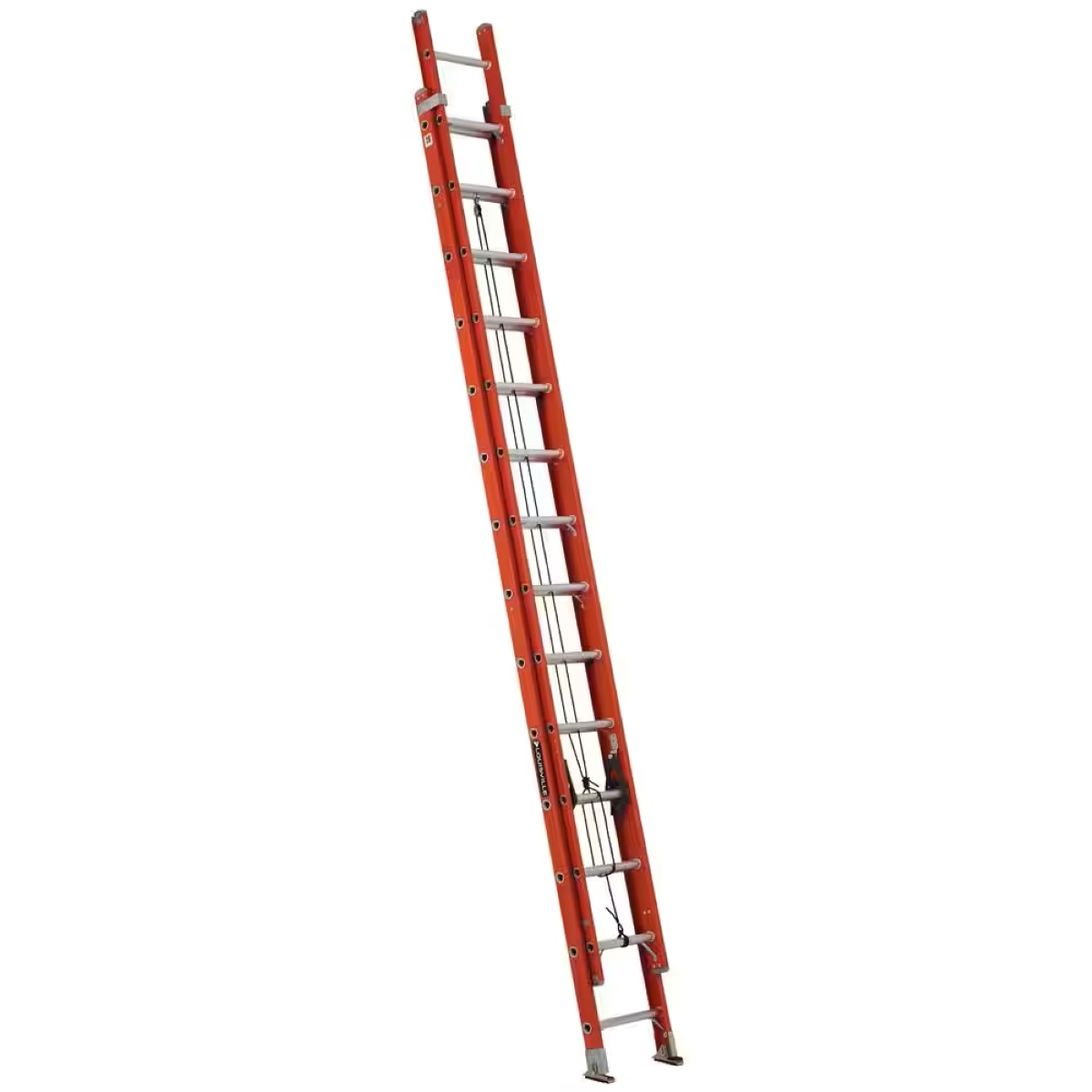

Articles
How Much Does A 28 Ft Ladder Weigh
Modified: February 23, 2024
Looking for articles on how much a 28 ft ladder weighs? Find the answers and more in our comprehensive guide.
(Many of the links in this article redirect to a specific reviewed product. Your purchase of these products through affiliate links helps to generate commission for Storables.com, at no extra cost. Learn more)
Introduction
When it comes to performing tasks at great heights, having a reliable ladder is essential. Ladders come in various shapes and sizes, each designed for specific purposes. If you’re in need of a ladder to reach those high places, a 28 ft ladder may be the perfect choice.
A 28 ft ladder is a versatile option that can be used in both residential and commercial settings. Whether you’re painting the exterior of your house, accessing high shelves in a warehouse, or doing construction work, a ladder of this size can come in handy. However, before making a purchase, it’s important to consider the weight of the ladder.
In this article, we will explore the weight of a 28 ft ladder and discuss the various factors that contribute to its overall weight. We will also provide some insights into lightweight options and heavy-duty alternatives for those who require specific features. Additionally, we will share some tips on safe handling to ensure that you are well-prepared when using a 28 ft ladder.
So, let’s delve into the world of 28 ft ladders and discover just how much they weigh, shall we?
Key Takeaways:
- The weight of a 28 ft ladder varies based on factors like material and design. Aluminum ladders weigh 40-60 pounds, while fiberglass ladders range from 60-80 pounds on average, impacting portability and durability.
- Safety is paramount when handling a 28 ft ladder. Choosing the right ladder, inspecting it, setting it up on a stable surface, and following proper climbing techniques are essential for accident prevention and safe usage.
Read more: How Much Does A 24 Ft Ladder Weigh
Common Types of Ladders
Before we dive into the weight of a 28 ft ladder, let’s take a moment to explore some of the common types of ladders available on the market. Understanding these different ladder types can help you choose the one that best suits your needs.
1. Straight Ladders: Also known as extension ladders, straight ladders are the most basic and traditional type. They consist of two equal sections that can be extended to reach higher heights. Straight ladders are commonly used in outdoor applications, such as painting or roof repairs.
2. Step Ladders: Step ladders feature a self-supporting A-frame design, allowing them to stand on their own without the need for support against a wall. They typically have a flat top and steps on one side. Step ladders are versatile and can be used for a wide range of indoor tasks, such as changing light bulbs or reaching high shelves.
3. Platform Ladders: Platform ladders are similar to step ladders but offer a larger platform or standing area at the top. These ladders provide more stability and comfort, making them ideal for tasks that require extended periods of standing, such as electrical work or painting walls.
4. Multipurpose Ladders: As the name suggests, multipurpose ladders are incredibly versatile and can be transformed into various configurations. They can function as straight ladders, step ladders, platform ladders, or even scaffolding systems. Multipurpose ladders are perfect for those who need flexibility and adaptability for different types of tasks.
These are just a few examples of the many ladder types available. Each type has its own unique characteristics, benefits, and weight considerations. Now, let’s move on to understanding ladder weight ratings.
Understanding Ladder Weight Ratings
When it comes to ladders, safety should always be a top priority. To ensure that a ladder can support the weight of the user and any additional equipment or materials, ladder weight ratings are established. Understanding these weight ratings is crucial for selecting the right ladder for your needs.
Ladder weight ratings are typically classified into two categories: Type and Duty Rating.
Type: The type rating refers to the types of tasks a ladder can safely handle. The most common types include Type I, Type IA, Type II, Type IIA, Type III, and Type IIIA.
- Type I: Also known as industrial ladders, Type I ladders are designed for heavy-duty commercial use and can support a maximum weight capacity of 250 pounds.
- Type IA: Similar to Type I ladders, Type IA ladders are suitable for heavy-duty applications but have a higher weight capacity of 300 pounds.
- Type II: Type II ladders are intended for medium-duty use and can accommodate a maximum weight of 225 pounds.
- Type IIA: With a weight capacity of 225 pounds, Type IIA ladders are also designed for medium-duty tasks but may have some limitations in terms of durability and materials used.
- Type III: Type III ladders are lightweight and designed for light-duty residential tasks. They can support a maximum weight of 200 pounds.
- Type IIIA: Similar to Type III ladders, Type IIIA ladders have a weight capacity of 200 pounds and are suitable for light-duty residential use.
Duty Rating: The duty rating indicates the maximum weight capacity of a ladder and is categorized into five classes: I, II, III, IV, and V.
- Class I: For heavy-duty industrial use, Class I ladders have a weight capacity of 250 pounds.
- Class II: Class II ladders are designed for light to medium-duty tasks and can support up to 225 pounds.
- Class III: With a weight capacity of 200 pounds, Class III ladders are suitable for light-duty residential use.
- Class IV: Class IV ladders are intended for extra-heavy-duty industrial use and can support a maximum weight of 300 pounds.
- Class V: Class V ladders have a weight capacity of 375 pounds and are ideal for special-duty applications.
These weight ratings should be clearly labeled on the ladder, allowing you to select the appropriate ladder based on your weight requirements.
Factors Affecting the Weight of a 28 ft Ladder
The weight of a 28 ft ladder can vary depending on several factors. It’s important to understand these factors as they can impact the portability, durability, and overall performance of the ladder.
Material: The material used in constructing the ladder greatly influences its weight. Common ladder materials include aluminum and fiberglass. Aluminum ladders are generally lighter in weight compared to their fiberglass counterparts. However, fiberglass ladders are known for their durability and strength, making them suitable for heavy-duty applications.
Design: The design of the ladder can also affect its weight. Ladders with additional features, such as built-in platforms, extendable rails, or multiple configurations, may weigh more due to the added components. The design of the ladder may also impact its stability and ease of use.
Weight Capacity: Ladders with higher weight capacities are often built with stronger and heavier materials to support the additional load. A ladder with a higher weight capacity will naturally weigh more than one with a lower weight capacity.
Accessories and Attachments: Some ladders may come with built-in accessories or attachments such as tool holders, trays, or hooks. These additions can add extra weight to the ladder but provide convenience by allowing users to easily access tools or carry materials while working at heights.
Construction Standards: Different countries and regions have their own safety and construction standards for ladders. Ladders that meet strict safety standards may have additional reinforcements or special features to withstand heavy loads, resulting in a higher weight.
It’s important to consider these factors when selecting a 28 ft ladder, as the weight can impact portability and ease of use based on your specific needs. Now, let’s move on to the average weight of a 28 ft ladder.
Average Weight of a 28 ft Ladder
The average weight of a 28 ft ladder can vary depending on the material and design. Let’s explore the typical weight ranges for common types of 28 ft ladders.
Aluminum Ladders: Aluminum ladders are known for their lightweight construction, making them easy to carry and maneuver. On average, a 28 ft aluminum ladder weighs between 40 to 60 pounds. This weight range allows for portability while maintaining stability and durability.
Fiberglass Ladders: Fiberglass ladders are popular for their superior strength and durability, making them suitable for heavy-duty applications. 28 ft fiberglass ladders can weigh between 60 to 80 pounds on average. The additional weight is due to the robust construction and ability to support heavier loads.
Remember, these weight ranges are averages and can vary depending on the specific make and model of the ladder. It’s always advisable to check the manufacturer’s specifications or labeling for the exact weight of a 28 ft ladder model you are considering.
Next, we will explore some lightweight options for 28 ft ladders for those who prioritize ease of handling and portability.
When considering the weight of a 28 ft ladder, it’s important to factor in the material it’s made of. Aluminum ladders are lighter than fiberglass ladders, so be sure to check the material before making a purchase.
Read more: How Much Does A Ladder Weigh
Lightweight Options for 28 ft Ladders
If you need a 28 ft ladder that is easy to transport and maneuver, there are lightweight options available that can meet your needs. Here are a few examples of lightweight 28 ft ladder options:
Aluminum Telescoping Ladders: Telescoping ladders are designed to extend and retract, allowing for compact storage and easy transportation. These ladders are typically made of lightweight aluminum, making them convenient for on-the-go tasks. They are adjustable to various heights, including 28 ft, and can weigh as little as 30 pounds.
Fiberglass Folding Ladders: Folding ladders offer exceptional portability and compactness. With a hinged design, they can be folded into a compact size for easy storage and transportation. Fiberglass folding ladders are lightweight and durable, making them an excellent choice for those who prioritize convenience. The weight of a 28 ft fiberglass folding ladder can range from 45 to 60 pounds.
Lightweight Aluminum Extension Ladders: Some manufacturers offer lightweight versions of their aluminum extension ladders. These ladders are constructed using lightweight materials without compromising on strength and durability. They can weigh around 35 to 50 pounds, making them easier to handle and transport compared to traditional aluminum extension ladders.
These are just a few examples of lightweight options for 28 ft ladders. When selecting a lightweight ladder, ensure that it meets your weight capacity requirements and consider other factors such as stability, durability, and safety features.
However, it’s important to note that while lightweight ladders offer convenience, they may not be suitable for heavy-duty or more demanding tasks. In such cases, heavy-duty 28 ft ladder options would be more appropriate. Let’s explore some of these options in the next section.
Heavy-Duty 28 ft Ladder Options
For tasks that require increased strength and durability, heavy-duty 28 ft ladders are the go-to choice. Here are a few examples of heavy-duty options available:
Fiberglass Extension Ladders: Fiberglass extension ladders are known for their exceptional strength and stability. They are designed to withstand heavy loads and provide reliable support even in challenging working conditions. A 28 ft fiberglass extension ladder can weigh between 70 to 90 pounds, ensuring stability and secure footing while working at elevated heights.
Multi-Section Aluminum Ladders: Multi-section aluminum ladders are constructed with multiple segments that allow for extended height reach. These ladders are designed for heavy-duty applications and often feature additional reinforcements to provide greater stability and support. The weight of a 28 ft multi-section aluminum ladder can range from 60 to 80 pounds.
Heavy-Duty Telescoping Ladders: Some manufacturers offer heavy-duty telescoping ladders that are specifically designed to handle demanding tasks. These ladders are typically made from durable materials such as aluminum or fiberglass, offering strength and stability. The weight of a heavy-duty 28 ft telescoping ladder can range from 50 to 70 pounds.
When selecting a heavy-duty 28 ft ladder, it is crucial to consider the weight capacity, construction quality, and safety features. These factors will ensure that the ladder can provide reliable performance and handle the tasks at hand with ease.
Remember, heavy-duty ladders are designed for more intense applications and may be heavier than lightweight options. Prioritize safety and select a ladder that matches the requirements of your specific tasks.
Now that we’ve explored heavy-duty 28 ft ladder options, let’s move on to some tips for safely handling a ladder of this size.
Tips for Safely Handling a 28 ft Ladder
Using a ladder, especially one as tall as a 28 ft ladder, requires careful consideration and adherence to safety practices. Here are some essential tips to ensure safe handling:
1. Choose the right ladder: Select a ladder that is appropriate for the task at hand and can support your weight as well as any additional equipment or materials you may need to carry.
2. Inspect the ladder: Before use, thoroughly inspect the ladder for any signs of damage or wear and tear. Check for loose rungs, cracks, or any other structural issues that could compromise your safety.
3. Set up on a stable surface: Place the ladder on an even, stable, and non-slippery surface. Avoid setting up on uneven ground or surfaces that may cause the ladder to wobble or shift during use.
4. Secure the ladder: If possible, secure the ladder to prevent it from sliding or tipping over. Use ladder stabilizers or wall brackets to ensure stability and to minimize any potential movement.
5. Maintain three points of contact: When climbing or descending the ladder, always maintain three points of contact – two hands and one foot or two feet and one hand – to ensure stability and balance.
6. Don’t overreach: Avoid overstretching while on the ladder. Maintain your balance by keeping your waist within the ladder’s side rails, and position the ladder close to the work area to prevent excessive leaning or overreaching.
7. Use proper climbing technique: Ascend and descend the ladder facing it directly, using both hands on the rungs. Do not attempt to climb from the side or skip rungs.
8. Follow weight capacity guidelines: Always adhere to the weight capacity guidelines specified by the ladder’s manufacturer. Overloading the ladder can lead to instability and compromise your safety.
9. Avoid working in unfavorable weather conditions: Do not use the ladder in windy or stormy weather conditions. Slippery rungs or sudden gusts of wind can cause accidents and result in serious injuries.
10. Properly store and maintain the ladder: When not in use, store the ladder in a cool and dry place away from direct sunlight. Regularly clean your ladder and inspect it for any signs of damage before each use.
By following these safety tips, you can ensure that your experience with a 28 ft ladder is both productive and safe. Remember, safety should always be the top priority when working at heights.
With these tips in mind, you’re now ready to handle a 28 ft ladder confidently and safely. Remember to exercise caution, follow safety guidelines, and always prioritize your well-being when using a ladder.
And there you have it! We’ve explored the weight of a 28 ft ladder, different types, and options available, as well as important safety tips. We hope this information has been helpful for your ladder selection and usage.
Stay safe and happy climbing!
Conclusion
In conclusion, a 28 ft ladder can be a valuable tool for various tasks that require reaching great heights. Understanding the weight of a ladder is crucial for selecting the right one that suits your needs and ensures your safety.
We discussed the common types of ladders, including straight ladders, step ladders, platform ladders, and multipurpose ladders. Each type has its own unique characteristics and purposes.
Furthermore, we explored ladder weight ratings, which are classified into different types and duty ratings. These ratings help determine the maximum weight capacity a ladder can safely support. It is important to select a ladder that meets your weight requirements and is designed for the specific tasks at hand.
Several factors affect the weight of a 28 ft ladder, including the material, design, weight capacity, accessories, and construction standards. These factors can impact the ladder’s portability, durability, and performance.
The average weight of a 28 ft ladder can vary depending on the material and design. For instance, aluminum ladders may weigh between 40 to 60 pounds, while fiberglass ladders can range from 60 to 80 pounds on average.
For those seeking lightweight options, aluminum telescoping ladders, fiberglass folding ladders, and lightweight aluminum extension ladders provide portability without compromising on stability.
On the other hand, heavy-duty tasks call for heavy-duty 28 ft ladder options. Fiberglass extension ladders, multi-section aluminum ladders, and heavy-duty telescoping ladders are designed to handle demanding applications and provide the necessary strength and stability.
Regardless of the ladder you choose, safely handling a 28 ft ladder is paramount. Following safety tips such as choosing the right ladder, inspecting it before use, setting it up on a stable surface, maintaining three points of contact, and avoiding overreaching can help prevent accidents and injuries.
By considering these factors, understanding ladder weight ratings, and following safety guidelines, you can make informed decisions about the weight of a 28 ft ladder and use it safely for your specific needs.
Remember to prioritize safety, take proper care of your ladder, and always follow manufacturer instructions for usage and maintenance.
Now that you have a comprehensive understanding of the weight of a 28 ft ladder, its types, and safety tips, you can confidently embark on your tasks that require working at heights.
Stay safe, be cautious, and happy ladder climbing!
Frequently Asked Questions about How Much Does A 28 Ft Ladder Weigh
Was this page helpful?
At Storables.com, we guarantee accurate and reliable information. Our content, validated by Expert Board Contributors, is crafted following stringent Editorial Policies. We're committed to providing you with well-researched, expert-backed insights for all your informational needs.
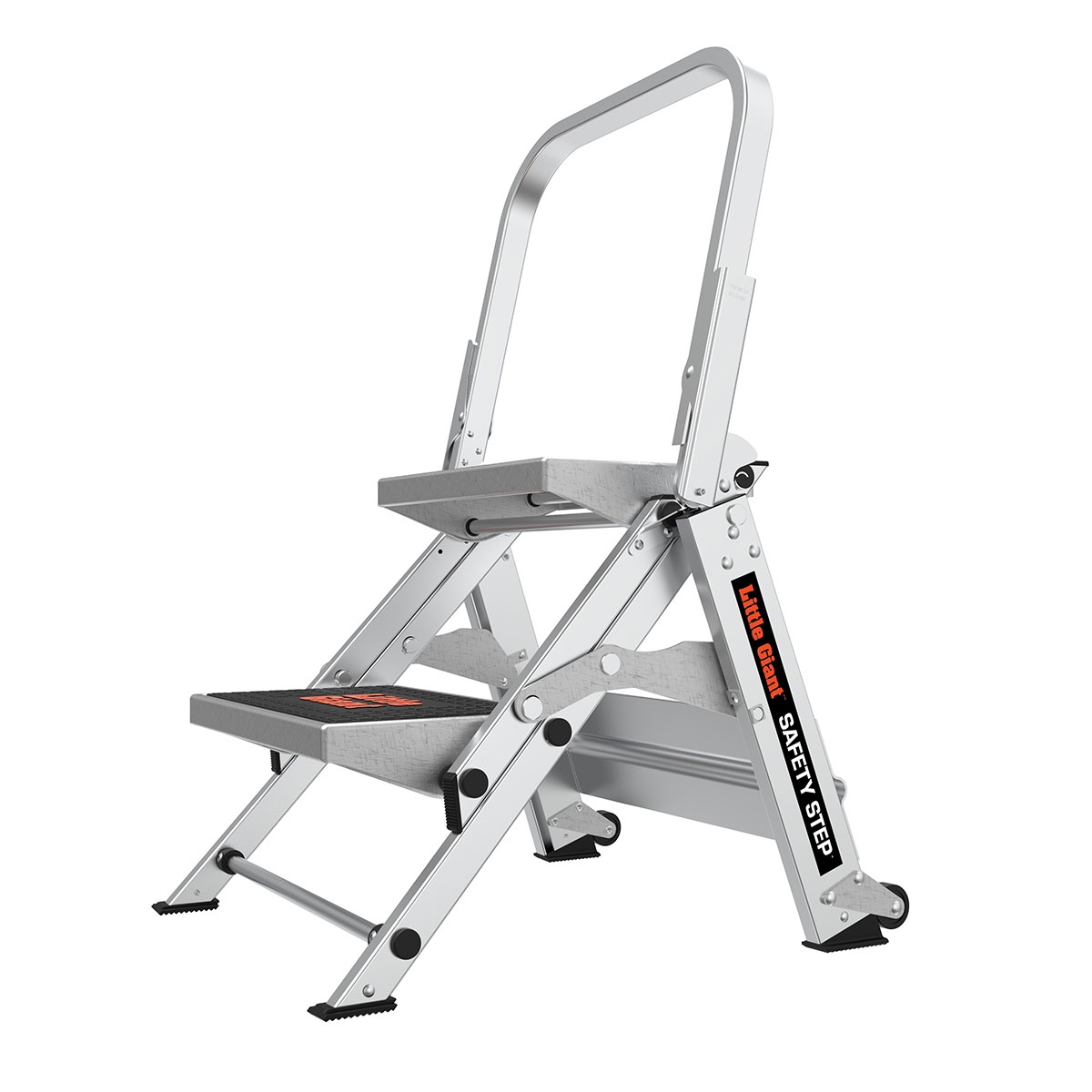
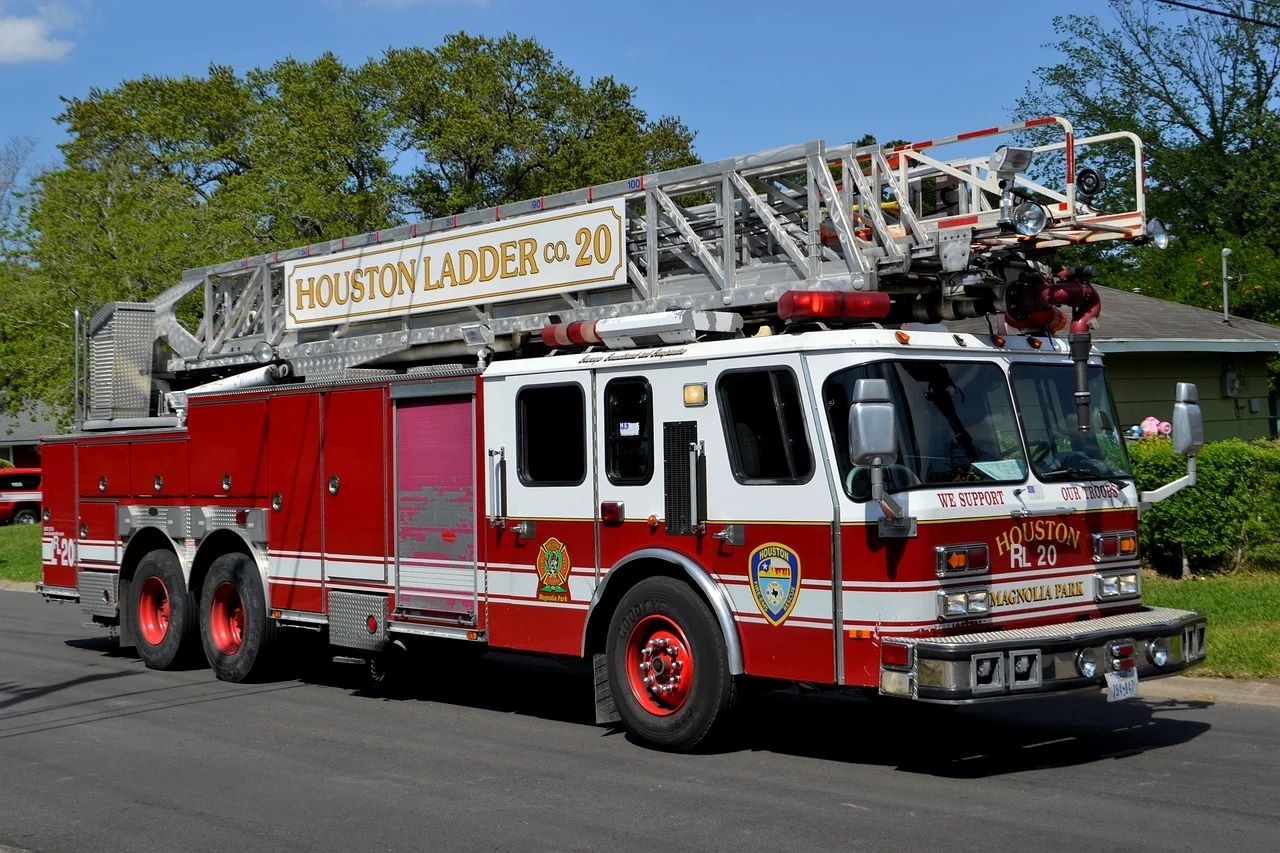
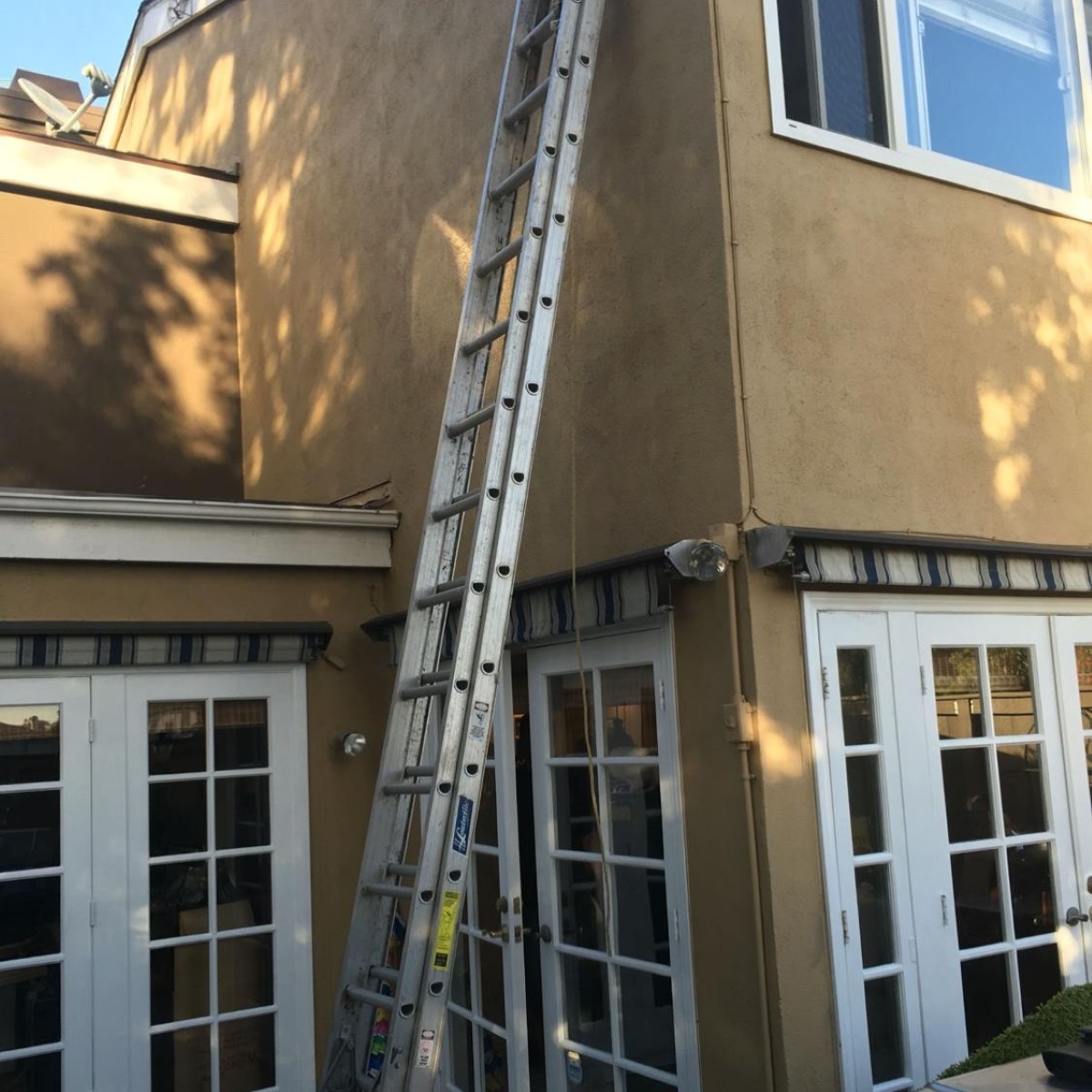

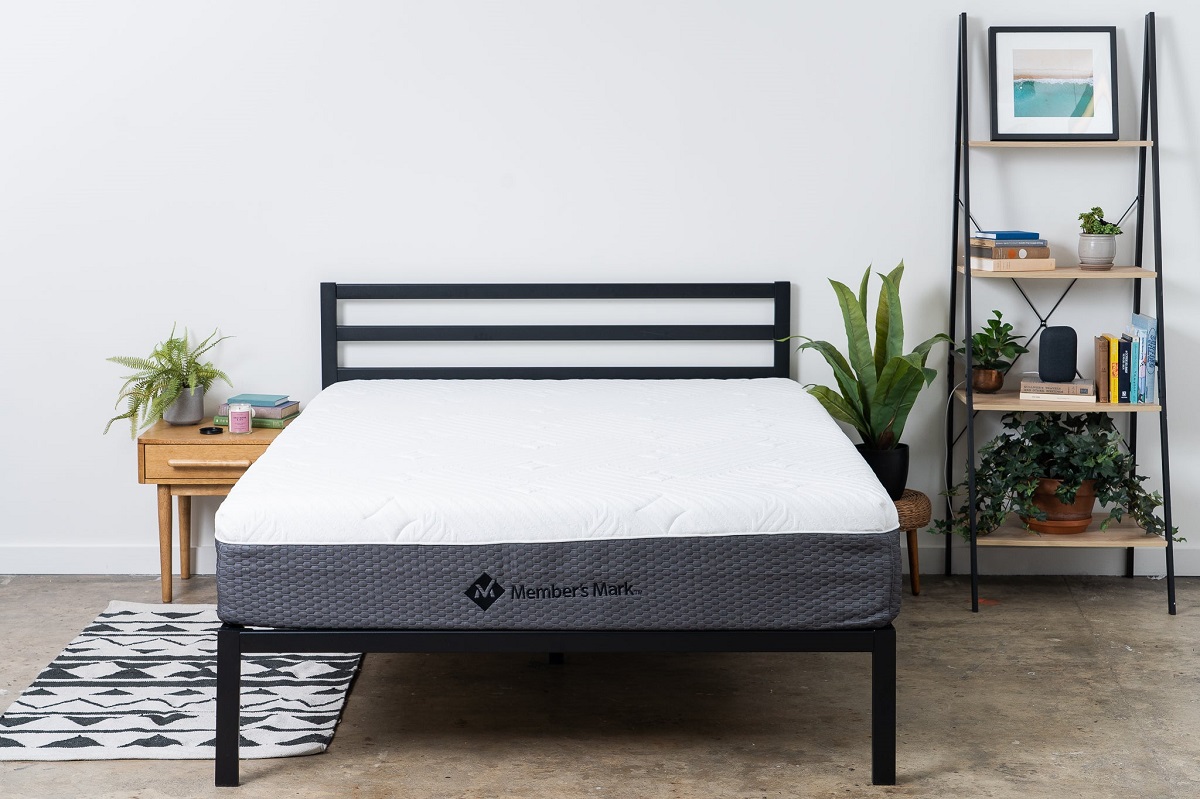
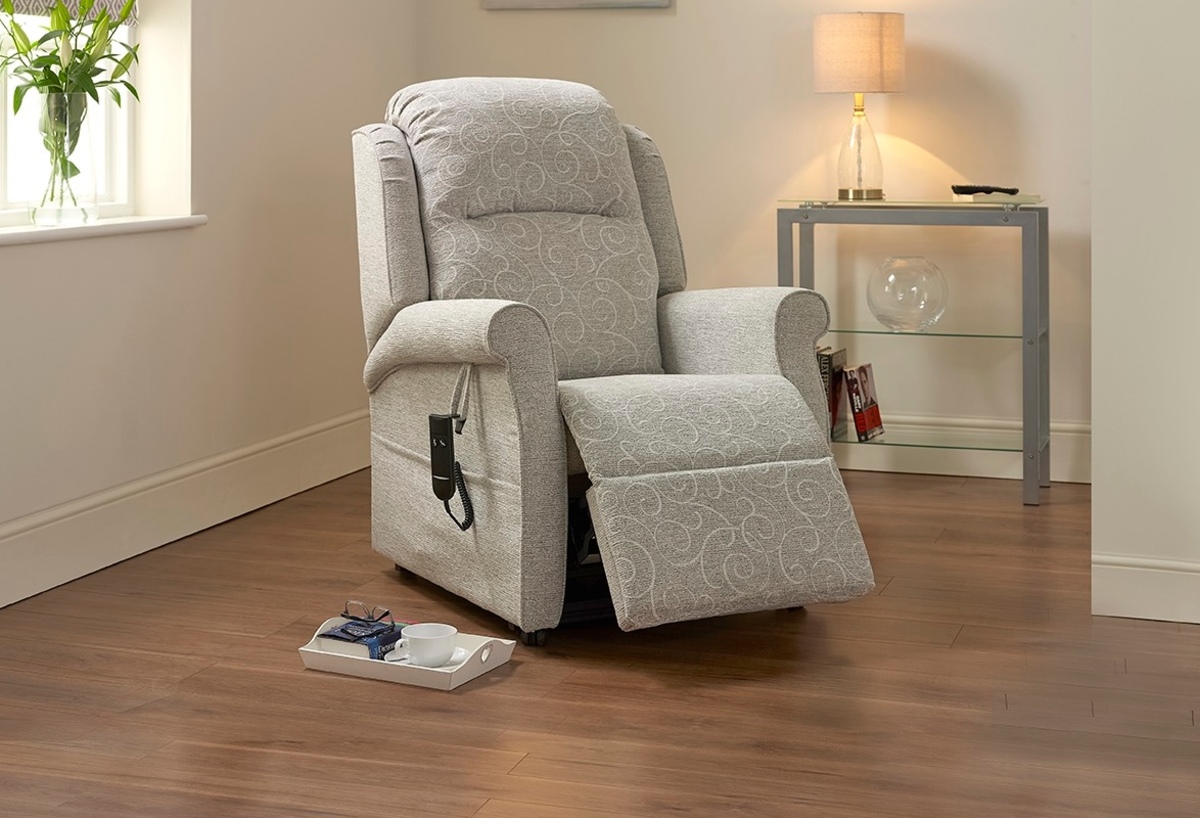





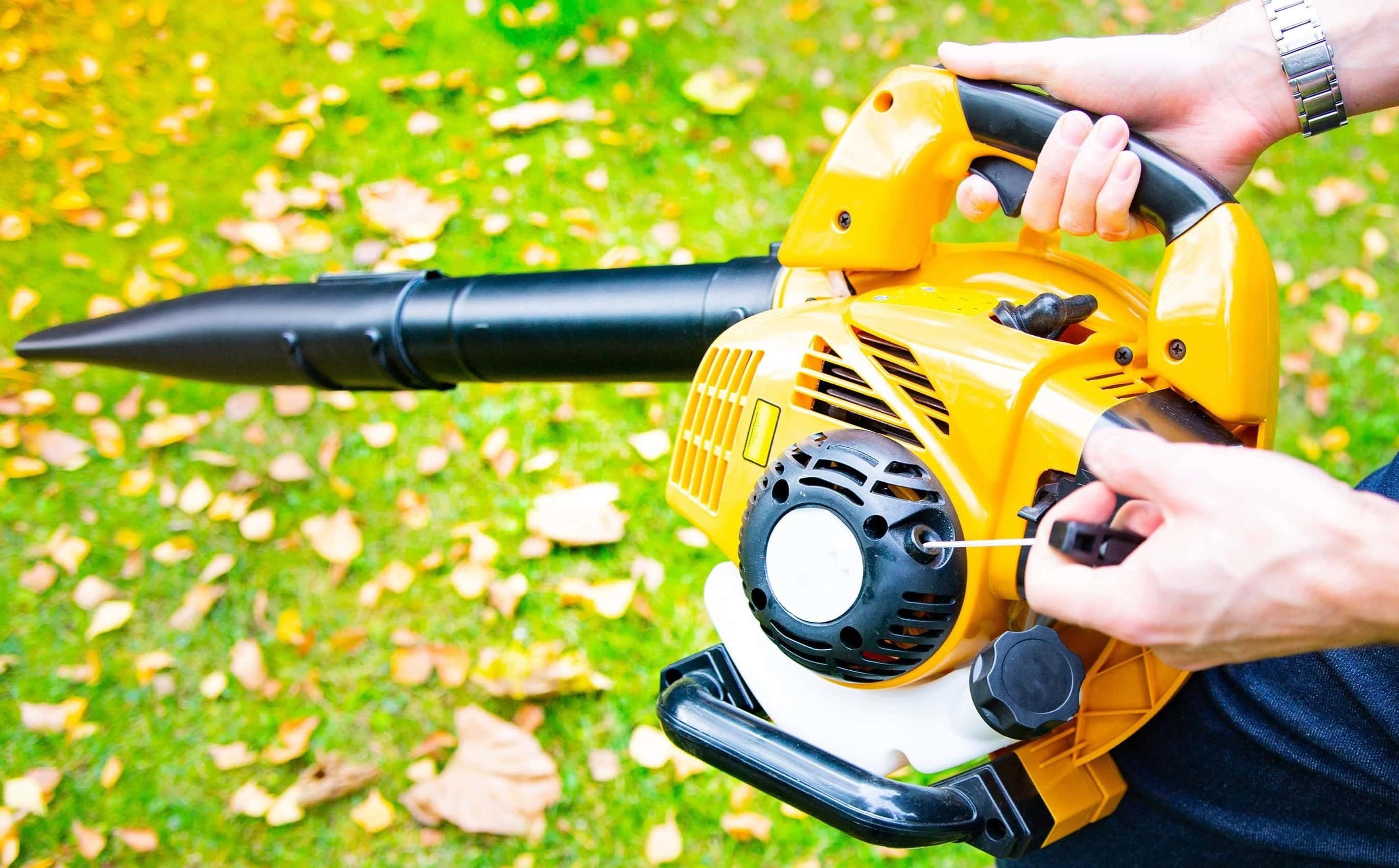
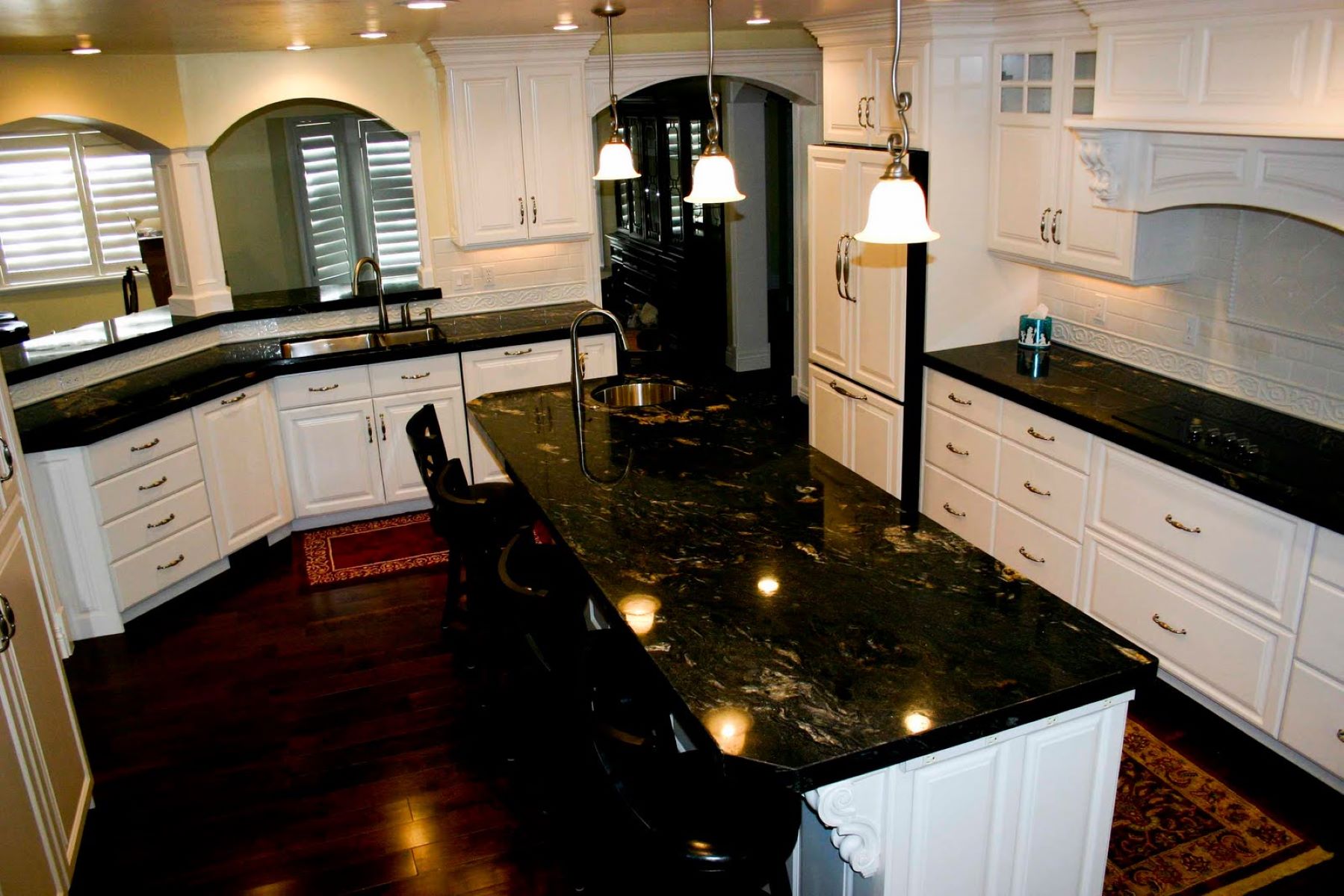
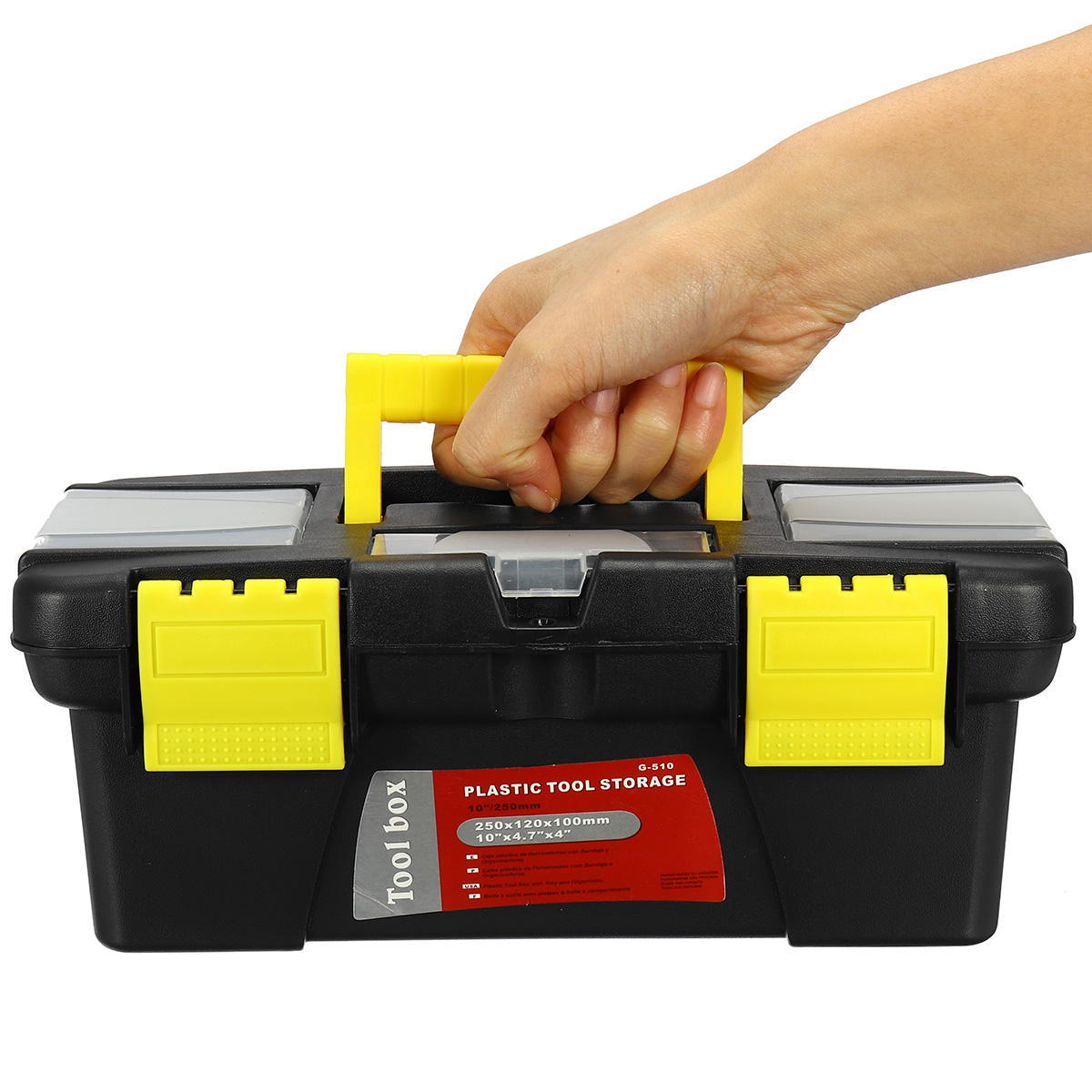

0 thoughts on “How Much Does A 28 Ft Ladder Weigh”